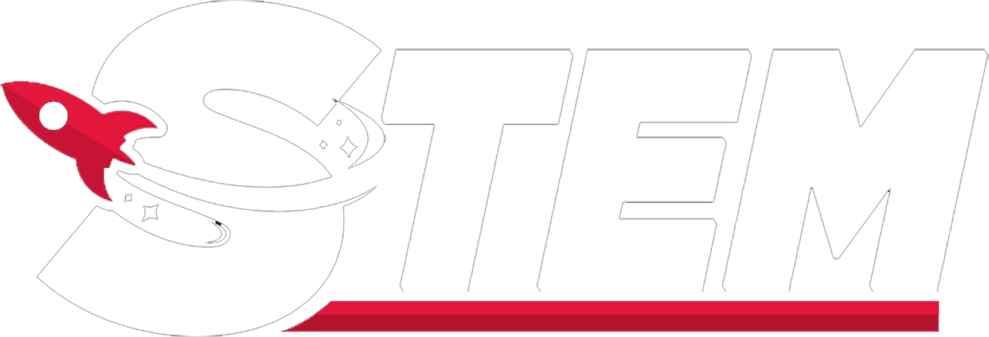Over time, programming languages have changed due to the demand for effective and expressive means of transmitting commands to computers. Each programming language includes these features because diverse application domains and programming paradigms require various syntaxes and semantics. Programming language development dates from the middle of the 20th century. Initially, programs were created using machine and assembly language and written in binary or mnemonic instructions. However, writing and maintaining these low-level languages took a lot of effort and time.
IBM created Fortran (Formula Translation), one of the first high-level computer languages, in the 1950s. The idea of a compiler—which converted human-readable code into machine code—was first presented by Fortran. This improved programming accessibility and sped up the creation of technical and scientific applications. COBOL (Common commercial-Oriented Language) was developed in the 1960s to streamline commercial data processing. It emphasized English-like syntax and included tools for managing files and producing reports. C and Pascal are two significant languages that were created in the 1970s. Dennis Ritchie at Bell Labs created C, which gained popularity for its portability and low-level capabilities. Niklaus Wirth's Pascal computer language was based on structured programming and was a foundation for other languages. C++, Objective-C, and Ada are just a few programming languages that gained popularity in the 1980s. While Objective-C merged Smalltalk's dynamic messaging with C and C++'s support for object-oriented programming, C++ expanded C's capabilities. Ada was designed with strong typing and modular architecture for use in safety-critical systems. Scripting languages like Perl, Python, and Ruby emerged in the 1990s. These languages were well-liked for web scripting and automation activities because they provided higher-level abstractions and quick development capabilities.
There has been an explosion of new paradigms and languages in recent years. Haskell and Scala, two functional programming languages emphasizing immutability and higher-order functions, have become more popular. Initially created for web programming, JavaScript has evolved into a widely used language for client- and server-side development. New programming languages and frameworks are being developed to satisfy certain areas and requirements. Programming languages are still evolving. Examples of programming languages that attempt to increase developer efficiency, safety, and performance include Go, Rust, and Swift.
Various programming languages' design ethos and paradigms may be used to categorize them. Several varieties that are regularly identified include:
Work Cited:
IBM created Fortran (Formula Translation), one of the first high-level computer languages, in the 1950s. The idea of a compiler—which converted human-readable code into machine code—was first presented by Fortran. This improved programming accessibility and sped up the creation of technical and scientific applications. COBOL (Common commercial-Oriented Language) was developed in the 1960s to streamline commercial data processing. It emphasized English-like syntax and included tools for managing files and producing reports. C and Pascal are two significant languages that were created in the 1970s. Dennis Ritchie at Bell Labs created C, which gained popularity for its portability and low-level capabilities. Niklaus Wirth's Pascal computer language was based on structured programming and was a foundation for other languages. C++, Objective-C, and Ada are just a few programming languages that gained popularity in the 1980s. While Objective-C merged Smalltalk's dynamic messaging with C and C++'s support for object-oriented programming, C++ expanded C's capabilities. Ada was designed with strong typing and modular architecture for use in safety-critical systems. Scripting languages like Perl, Python, and Ruby emerged in the 1990s. These languages were well-liked for web scripting and automation activities because they provided higher-level abstractions and quick development capabilities.
There has been an explosion of new paradigms and languages in recent years. Haskell and Scala, two functional programming languages emphasizing immutability and higher-order functions, have become more popular. Initially created for web programming, JavaScript has evolved into a widely used language for client- and server-side development. New programming languages and frameworks are being developed to satisfy certain areas and requirements. Programming languages are still evolving. Examples of programming languages that attempt to increase developer efficiency, safety, and performance include Go, Rust, and Swift.
Various programming languages' design ethos and paradigms may be used to categorize them. Several varieties that are regularly identified include:
- Languages that focus on following procedures step-by-step, working with variables, and utilizing control structures like loops and conditionals include Fortran and C.
- Object-oriented languages: By including the ideas of objects and classes, languages like C++, Java, and Python make it possible for encapsulation, inheritance, and polymorphism.
- Functional languages consider computing to evaluate mathematical functions and emphasize immutability and higher-order functions, including Haskell, Lisp, and Erlang.
- Languages for automating tasks: Languages for automating tasks include Perl, Python, and Ruby. These languages are frequently used for system management, web development, and automation.
- These languages, such as MATLAB for mathematics, or domain-specific languages (DSLs), such as SQL for database queries, are created for certain application fields.
Work Cited:
- "What is the History of Programming Languages?" CodeDocs, https://codedocs.org/what-is/history-of-programming-languages.
- "Types of Programming Languages." Coursera, https://www.coursera.org/articles/types-programming-language.
